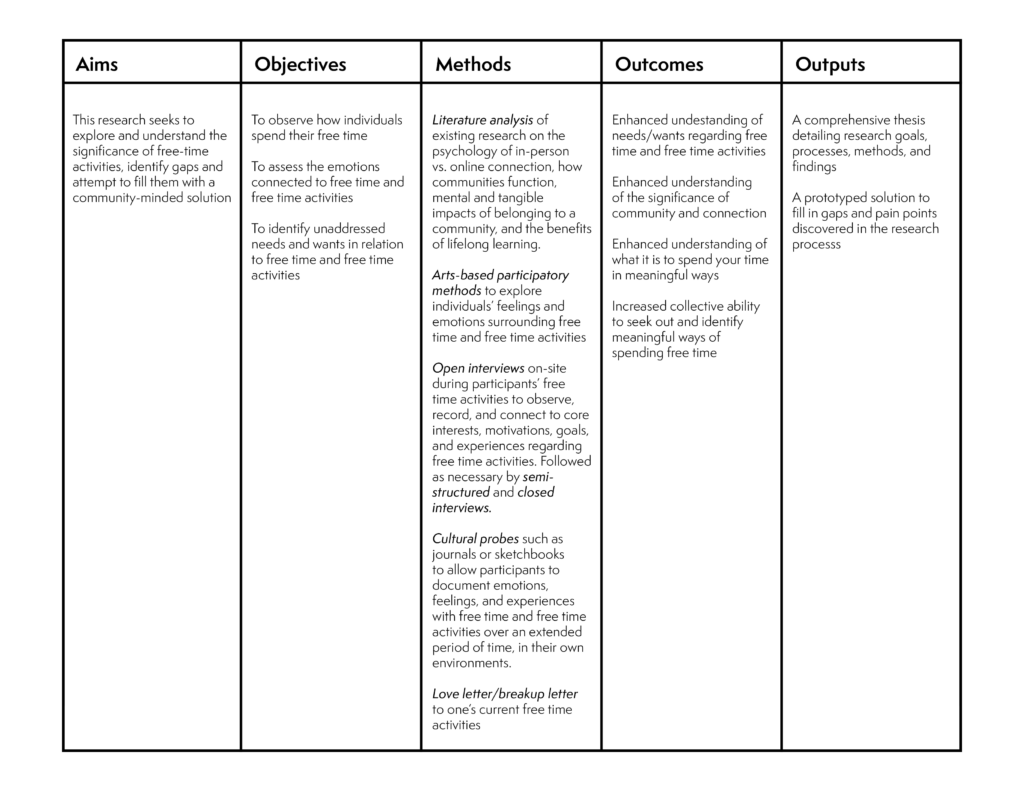In der Forschung stehen uns verschiedene Werkzeuge zur Verfügung, um komplexe Fragen zu beantworten und tiefgreifende Einblicke zu gewinnen. Ein besonderer Fokus liegt dabei auf Beobachtungsstudien sowie Interviews oder Fragebögen. In diesem Blogpost werden wir die Verwendung quantitativer Analysen für geschlossene Fragen und die qualitative Inhaltsanalyse nach Mayring für offene Fragen näher beleuchten.
Fragebögen:
Fragebögen sind eine weit verbreitete Methode zur Datenerhebung in der Forschung, die es ermöglicht, quantitative Informationen von einer großen Anzahl von Teilnehmenden zu sammeln. Strukturierte Fragebögen enthalten geschlossene Fragen mit vordefinierten Antwortmöglichkeiten, während unstrukturierte Fragebögen auch offene Fragen enthalten können. Der Einsatz von Fragebögen bietet mehrere Vorteile, darunter:
- Skalierbarkeit: Fragebögen können effizient an eine große Anzahl von Teilnehmenden verteilt werden, was eine breitere Datenbasis ermöglicht.
- Objektivität: Die standardisierten Fragen minimieren Forscherinnen- und Forscher-Bias und fördern die Objektivität der gesammelten Daten.
- Quantifizierbarkeit: Durch die Verwendung geschlossener Fragen können die Antworten leicht quantifiziert und statistisch analysiert werden.
Jedoch ist zu beachten, dass Fragebögen möglicherweise nicht alle Nuancen und Kontexte erfassen können. Es ist wichtig sicherzustellen, dass die Fragen klar formuliert und verständlich sind, um eine valide Datenerhebung zu gewährleisten.
Interviews:
Interviews bieten eine direkte Möglichkeit, tiefe Einblicke in die Meinungen, Erfahrungen und Perspektiven der Teilnehmenden zu erhalten. Es gibt verschiedene Arten von Interviews, darunter strukturierte, halbstrukturierte und unstrukturierte Formen. Die Wahl der Interviewmethode hängt oft von der Forschungsfrage und dem gewünschten Grad an Flexibilität ab. Einige Vorteile von Interviews sind:
- Flexibilität: Forschende können flexibel auf neue Informationen reagieren und die Fragen anpassen, um eine vertiefte Exploration des Themas zu ermöglichen.
- Qualitative Tiefe: Interviews erlauben es, Kontexte, Emotionen und individuelle Erfahrungen zu verstehen, die in quantitativen Ansätzen möglicherweise nicht erfasst werden.
- Rapport: Durch die persönliche Interaktion zwischen Forschenden und Teilnehmenden können Beziehungen aufgebaut werden, was zu ehrlicheren und detaillierteren Antworten führen kann.
Es ist wichtig zu beachten, dass Interviews zeit- und ressourcenintensiver sein können als andere Datenerhebungsmethoden. Zudem ist die Qualität der Interviews stark von der Fähigkeit der Forschenden abhängig, eine offene, nicht-wertende Atmosphäre zu schaffen.
Beobachtungsstudien:
Beobachtungsstudien ermöglichen die systematische Beobachtung von Verhaltensweisen, Interaktionen und Ereignissen in einer natürlichen Umgebung. Diese Methode ist besonders nützlich, um Verhalten in seinem realen Kontext zu erfassen. Einige Merkmale von Beobachtungsstudien sind:
- Echtheit: Beobachtungen erfassen Verhalten in der natürlichen Umgebung der Teilnehmenden und minimieren dadurch mögliche Verzerrungen.
- Kontextualisierung: Durch die Integration von Kontextinformationen ermöglichen Beobachtungsstudien ein tiefes Verständnis der Umstände, die das Verhalten beeinflussen.
- Non-Verbale Signale: Beobachtungen können non-verbale Signale und Interaktionen erfassen, die verbal möglicherweise nicht ausgedrückt werden.
Beobachtungsstudien haben jedoch auch ihre Herausforderungen, einschließlich möglicher Forschenden-Bias und der Schwierigkeit, verborgene Motive oder innere Gedanken der beobachteten Personen zu erfassen. Es ist wichtig, klare Beobachtungskriterien und Protokolle zu verwenden, um die Zuverlässigkeit und Objektivität der Beobachtungen sicherzustellen.
Quantitative Analyse für geschlossene Fragen:
In vielen Forschungsprojekten werden geschlossene Fragen verwendet, die mit vordefinierten Antwortmöglichkeiten arbeiten. Um die Ergebnisse dieser Fragen prägnant zusammenzufassen, kommt die quantitative Analyse ins Spiel. Diese Methode ermöglicht es, numerische Daten zu generieren und statistische Muster zu identifizieren.
Die Vorteile der quantitativen Analyse:
- Kompakte Darstellung der Ergebnisse.
- Objektive und messbare Daten.
- Leichtere Vergleichbarkeit zwischen verschiedenen Gruppen.
Qualitative Inhaltsanalyse nach Mayring für offene Fragen:
Offene Fragen hingegen erlauben den Teilnehmenden, ihre Antworten frei zu formulieren, und bieten Raum für nuancierte Einblicke. Die qualitative Inhaltsanalyse nach Mayring ist eine bewährte Methode, um aus diesen offenen Antworten Muster, Themen und Bedeutungen zu extrahieren.
Schritte der qualitativen Inhaltsanalyse nach Mayring:
- Materialzusammenstellung: Sammeln Sie alle relevanten Texte oder Aussagen.
- Kategorienbildung: Identifizieren Sie Schlüsselthemen oder Muster.
- Kodierung: Weisen Sie Abschnitten des Textes bestimmte Codes zu, die die identifizierten Kategorien repräsentieren.
- Analyse und Interpretation: Gewinnen Sie Einblicke durch die systematische Auswertung der kodierten Daten.
Die Stärken der qualitativen Inhaltsanalyse:
- Tiefgehendes Verständnis und Kontextualisierung.
- Berücksichtigung von individuellen Perspektiven und Vielfalt.
- Flexibilität in der Herangehensweise.
Quellen:
MAYRING, Philipp. Qualitative inhaltsanalyse. UVK Univ.-Verl. Konstanz, 1994.
HOLLENBERG, Stefan. Fragebögen: fundierte Konstruktion, sachgerechte Anwendung und aussagekräftige Auswertung. Springer-Verlag, 2016.
RENNER, Karl-Heinz, et al. Was ist ein Interview?. Springer Berlin Heidelberg, 2020.
FRERICHS, Imke; KAISER, Astrid; SCHOMAKER, Claudia. Beobachtungsstudie zum Vergleich des kognitiven Lernzuwachses von Grundschulkindern zweier Parallelklassen durch Lernen mit exemplarisch ausgewähltem Handlungsmaterial der Lernwerkstatt RÖSA und vorwiegend verbaler Belehrung im Frontalunterricht. 2009.




